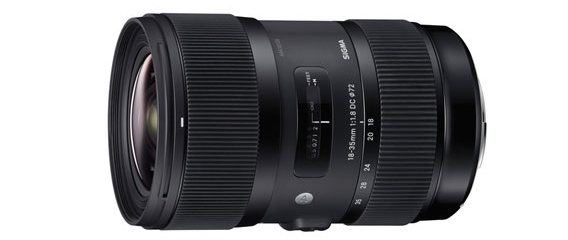Sigma Confirms Rumors: The 18-35mm f/1.8 is the Real Deal
You might have heard the rumors about a new wide angle zoom lens with a crazy open aperture of f/1.8. Those rumors have just been confirmed to us by Sigma: it’s real and it’s the first zoom lens to maintain an f/1.8 aperture over the entire length of the zoom range. Now that is exciting. Meet the 18-35mm F1.8 DC HSM Art lens.
The 18-35mm is the latest addition to Sigma’s Art line(a categorization it shares with the critically acclaimed 35mm f/1.4). In case you were unaware, the Art designation is part of Sigma’s new Global Vision. From Sigma: “The Global Vision lenses have a sleek new design with the manufacturing year stamped on the barrel, and are categorized by use into one of three groups: Art, Contemporary and Sports. The Art category delivers high-level artistic expression through sophisticated and abundant expressive power.”
This revolutionary, wide aperture, standard zoom lens is created for DSLR cameras with APS-C size sensors, which translates to a focal range of 27-52.5mm on a 35mm camera. With a minimum focusing distance of 11 inches, and a maximum magnification ratio of 1:4.3, Sigma is calling the the 18-35mm ideal for landscapes, portraits, still-life, studio, close-up and casual photography.
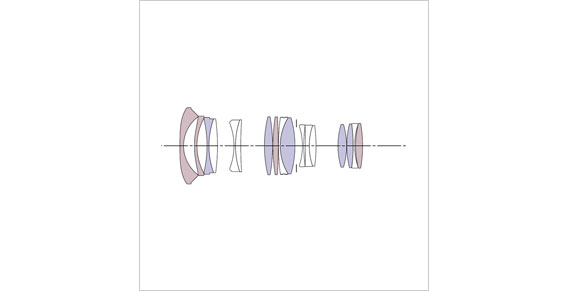
The 18-35mm lens incorporates Sigma’s improved AF/MF switch and the use of Thermally Stable Composite (TSC) compound material, which has a high affinity to metal parts, consistently performs well at extreme temperatures and reduces the size and weight of the lens. It will also be compatible with Sigma’s new lens dock that will be released later this year.
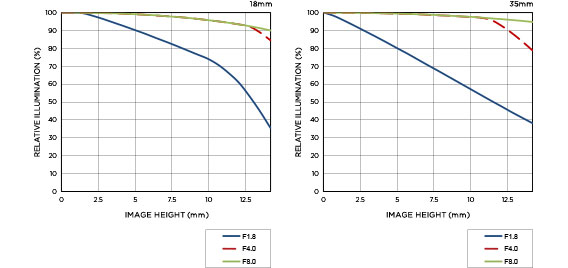
The lens has internal focusing and zooming, which prevents changes to the size of the lens (big points for this). Additionally, the front part of the lens does not rotate, so special filters like circular polarizers can be used.

The 18-35mm lens’ Super Multi-Layer Coating reduces flare and ghosting and provides sharp and high contrast images, even in backlit conditions. The petal-type hood that is supplied with the lens will provide extra protection from flare and ghosting. Sigma’s Hyper Sonic Motor (HSM) ensures a silent, high-speed AF function and the optimized auto focus algorithm results in smooth focusing and full-time manual focusing capability. Lastly, the nine-blade, rounded diaphragm creates an attractive, round bokeh at large-aperture settings.
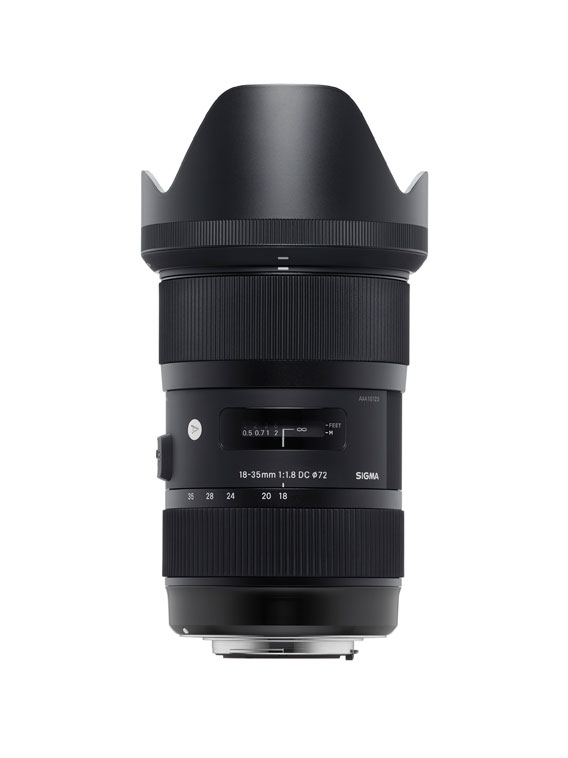
The lens has internal focusing and zooming, which prevents changes to the size of the lens (big points for this). Additionally, the front part of the lens does not rotate, so special filters like circular polarizers can be used.
The 18-35mm lens incorporates Sigma’s improved AF/MF switch and the use of Thermally Stable Composite (TSC) compound material, which has a high affinity to metal parts, consistently performs well at extreme temperatures and reduces the size and weight of the lens. It will also be compatible with Sigma’s new lens dock that will be released later this year.
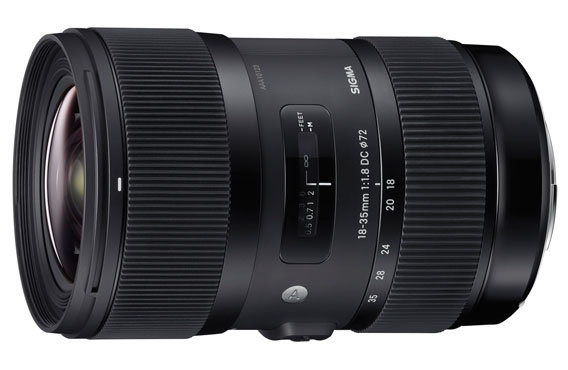
The 18-35mm lens’ Super Multi-Layer Coating reduces flare and ghosting and provides sharp and high contrast images, even in backlit conditions. The petal-type hood that is supplied with the lens will provide extra protection from flare and ghosting. Sigma’s Hyper Sonic Motor (HSM) ensures a silent, high-speed AF function and the optimized auto focus algorithm results in smooth focusing and full-time manual focusing capability. Lastly, the nine-blade, rounded diaphragm creates an attractive, round bokeh at large-aperture settings.
Specifications:
Lens Construction: 17 elements in 12 groups
Minimum aperture: F16
Filter size: 72mm
Angle of view (SD1): 76.5°-44.2°
Minimum focusing distance: 11 in.
Dimensions (Diameter x Length): 3.1 inches x 4.8 inches
Number of diaphragm blades: 9 (rounded diaphragm)
Maximum magnification ratio: 1:4.3
Weight: 28.6oz
The only downside I can see from reading about the new lens is that it is only for APS-C camera bodies, a real bummer for those who use full frame cameras. But look at it this way: Sigma is totally capable of releasing something like this (like make a 24-70 f/1.8? Please?) for a full frame camera. Honestly, it’s only a matter of time.





